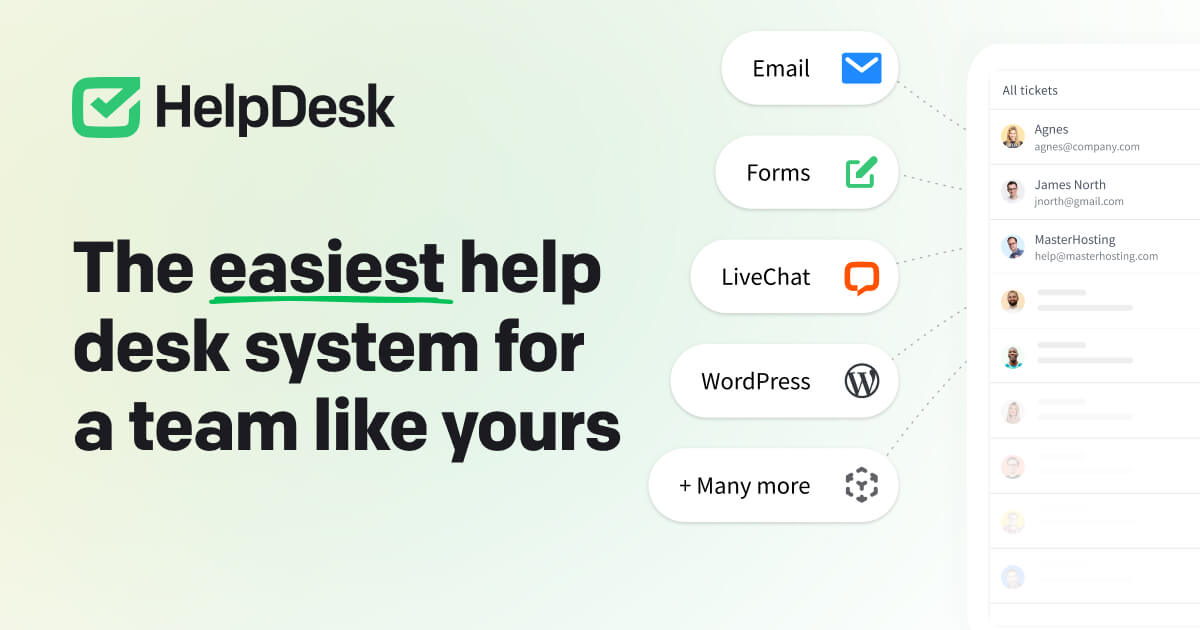Introduction
As AI becomes deeply embedded into enterprise workflows, ensuring secure integration between Large Language Models (LLMs) and external tools is critical. Microsoft recently published a tutorial on Secure Model Context Protocol (MCP) Implementation with Azure and Local Servers, offering a step-by-step blueprint for protecting sensitive systems from risks like API key exposure, unauthorized access, and malicious attacks.
In this blogpost, we’ll break down what MCP is, why securing it matters, and how Microsoft’s approach combines local server execution with Azure-managed authentication for a safer enterprise AI environment.

What Is the Model Context Protocol (MCP)?
The Model Context Protocol (MCP) is an open-source standard that allows AI models to securely connect to external tools, databases, and APIs. Think of it as a universal connector for AI, enabling LLMs to access context without exposing sensitive internals.
MCP is already supported by leading AI platforms, including Anthropic Claude, OpenAI, Google DeepMind, and Microsoft Azure OpenAI. Its goal is to standardize how AI systems discover, authenticate, and interact with third-party tools.
The Security Challenge
While MCP is powerful, its flexibility introduces potential risks:
- API key leakage in client applications
- Unauthorized tool access through prompt injection
- Malicious or compromised servers providing manipulated data
- Regulatory compliance gaps when tools run only in the cloud
Enterprises need a way to balance productivity with security and compliance—and that’s where Microsoft’s implementation strategy comes in.
Microsoft’s Secure MCP Strategy
The Microsoft tutorial outlines three core practices for securing MCP:
🔑 1. Eliminate API Key Exposure
Instead of embedding sensitive credentials in apps, all authentication flows through Azure API Management (APIM). This ensures keys are never visible to client applications.
🖥️ 2. Local Tool Execution
Running tools locally keeps sensitive operations inside the enterprise environment. This reduces cloud attack surfaces and gives organizations full control over data handling.
☁️ 3. Azure-Managed Authentication
Using Azure Active Directory (Entra ID) and APIM enforces identity, access policies, and compliance. Enterprises gain audit trails, RBAC, and secure token management without manual overhead.
Why This Matters for Enterprises
Implementing MCP securely unlocks major benefits:
- ✅ Zero credential leaks with centralized authentication
- ✅ On-premises control of sensitive processes
- ✅ Seamless compliance with enterprise security standards
- ✅ Future-proof adoption as MCP becomes the industry standard
By combining local execution with Azure’s security infrastructure, enterprises can confidently adopt AI tools while protecting critical systems.
The Future of MCP Security
As adoption grows, security frameworks like MCP Guardian and Extended Tool Discovery Interface (ETDI) are emerging to further enhance:
- Authentication layers
- Policy enforcement
- Logging and auditing
- Threat detection for malicious tool usage
Microsoft’s guide is a first step toward a standardized, secure AI ecosystem, where MCP can thrive without exposing enterprises to unnecessary risks.
Conclusion
The Model Context Protocol is reshaping how enterprises connect AI to their tools and data. But with great power comes great responsibility—and risk.
Microsoft’s secure MCP implementation with Azure and local servers proves that organizations don’t have to choose between innovation and security. By eliminating API key exposure, running tools locally, and leveraging Azure-based authentication, businesses can deploy MCP confidently in real-world, regulated environments.
As MCP continues to evolve, following these practices will be key to building a secure, scalable, and future-ready AI strategy.



